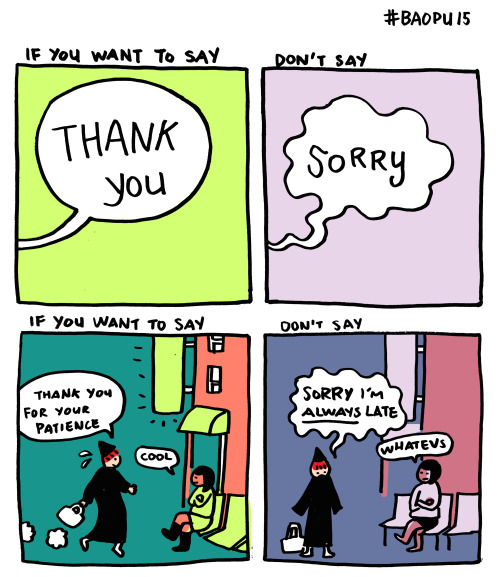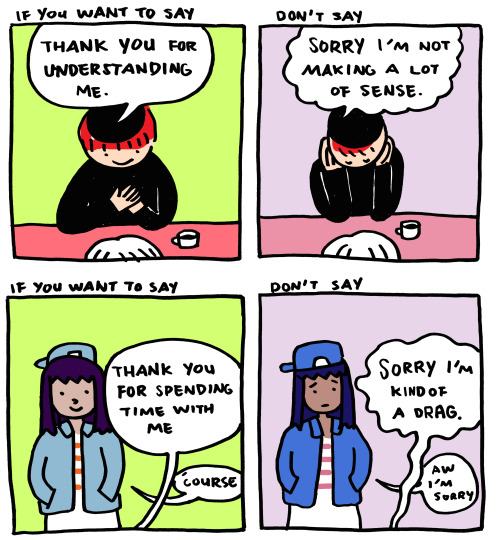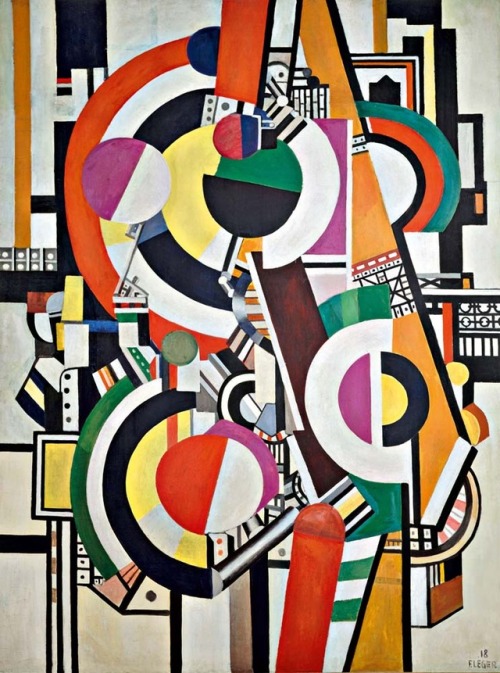As A Teacher, I No Longer Use The Word, “smart.” I Refuse To Call Any Of My Students This Word,
As a teacher, I no longer use the word, “smart.” I refuse to call any of my students this word, and I am intentional about not using it in my class. What even is, “smart”? Is smart getting the answer correctly? Being able to perform a specific skill? What is it? Because when we tell kids that they are smart, in reality, it does nothing for them. It does not provide any feedback for them. And the worst part is that this word has become a way for people to classify children into 2 categories: smart, and not. When children assess themselves they have difficulty defining their strengths and weaknesses. Instead, it has become a question of whether they consider themselves as smart, or not. And herein lies the problem. I too, can relate to these kids. I always struggled in math, and considered myself, “not smart” in this subject. I could never take a different perspective and evaluate what areas of math were a struggle, and which parts I understood. Was it the calculation part? Was it memorizing math facts? No, after years as a student in the classroom I looked at my peers and compared myself to them because they were “smart” in math and I was not. Leading me to believe I was somehow less intelligent than my peers when in reality, I just learned differently. I required different help. Teachers, parents and students tossed the word smart around as if it was a label which you had to earn. My point in all of this, and even taking the time to write a tumblr post about it, is that the way we perceive ourselves has everything to do with the way the institutions we grew up in engraved it into our brains. You are not smart, and you are not NOT smart. You are full of strengths and weaknesses, and it is much more important to figure those out than label yourself as anything. Instead of telling a child they are smart, point out what they did correctly and why it was correct. Instead, tell them how the skills they display affect the outcome of a situation. Unsurprisingly, I get quite a few messages from college-aged kids who feel like they’re not smart. Or from people who feel like they won’t make it in college because of how they perform in their academics. I had these very same thoughts as I went into college, and as I was in it. The system of education has failed you/me, and for that, I am sorry. The classroom environment should be teaching you how to identify and reflect on your weaknesses, and how to identify and maximize the potential of your strengths. You’re more than a label, please know this and reflect. Knowing all of this now, I hope and pray that you will change your whole perspective on yourself.
Thank you for reading my extremely long post which is somewhat of me venting, while also trying to encourage you. I hope it is taken to heart.
- Lindsay
More Posts from Mysticcheesecakeballoon and Others
Source: Saturday Morning Cartoons: Baopu #15 by Yao Xiao.




Shin’Ichiro Watanabe and Keiko Nobumoto, Cowboy Bebop, 1998-1999.

Debout, Gabriel médita puis prononça ces mots: _ L'être ou le néant, voilà le problème. Monter, descendre, aller, venir, tant fait l'homme qu'à la fin il disparaît. Un taxi l'emmène, un métro l'emporte, la tour n'y prend garde, ni le Panthéon. Paris n'est qu'un songe, Gabriel n'est qu'un rêve (charmant), Zazie le songe d'un rêve (ou d'un cauchemar) et toute cette histoire le songe d'un songe, le rêve d'un rêve, à peine plus qu'un délire tapé à la machine par un romancier idiot (oh! Pardon). Là-bas, plus loin – un peu plus loin – que la place de la République, les tombes s'entassent de Parisiens qui furent, qui montèrent, qui descendirent des escaliers, allèrent et vinrent dans les rues et tant firent qu'à la fin ils disparurent. (...) Mais que vois-je par-dessus les citrons empoilés des bonnes gens qui m’entourent ?
Raymond Queneau, Zazie dans le métro, 1959.
Il marchait sur un pied sans savoir où il poserait l’autre. Au tournant de la rue le vent balayait la poussière et sa bouche avide engouffrait tout l’espace. Il se mit à courir espérant s’envoler d’un moment à l’autre, mais au bord du ruisseau les pavés étaient humides et ses bras battants l’air n’ont pu le retenir. Dans sa chute il comprit qu’il était plus lourd que son rêve et il aima, depuis, le poids qui l’avait fait tomber.
Pierre Reverdy, “La saveur du réel”, Plupart du temps, 1915-1922.

Fernand Léger, Les disques, 1918, huile sur toile, 2400 x 1800 cm, musée d’art moderne, Paris.

Marc Chagall, Au-dessus de Vitebsk, 1915-1920, huile sur toile, 67 x 92,7 cm, the Museum of Modern Art, New York.
Source: “Chagall, entre guerre et paix”, du 21 février au 21 juillet 2013, Musée du Luxembourg, Paris.

Boxer Muhammad Ali prior to fight against Ernie Terrell in the Astrodome, Richard Pipes, Houston, USA, 1967.

“Cassius Clay, happy after he won his fight against Archie more as he predicted he would”, Stanley Weston, 1962, Los Angeles, USA.
市人よ Hey townspeople, 此笠うらふ I’ll sell you my woven hat, 雪の傘 The snow umbrella
Matsuo Basho (1644-1694)
-
 shalomforworld liked this · 3 years ago
shalomforworld liked this · 3 years ago -
 alymuststudy liked this · 4 years ago
alymuststudy liked this · 4 years ago -
 idonthavefronds liked this · 5 years ago
idonthavefronds liked this · 5 years ago -
 supladoman reblogged this · 5 years ago
supladoman reblogged this · 5 years ago -
 ila-2000 liked this · 5 years ago
ila-2000 liked this · 5 years ago -
 pioint liked this · 5 years ago
pioint liked this · 5 years ago -
 tinytinamar liked this · 5 years ago
tinytinamar liked this · 5 years ago -
 lustaeous liked this · 5 years ago
lustaeous liked this · 5 years ago -
 natsumeyuujincho liked this · 6 years ago
natsumeyuujincho liked this · 6 years ago -
 justalittlebitdork liked this · 6 years ago
justalittlebitdork liked this · 6 years ago -
 zyreneium liked this · 6 years ago
zyreneium liked this · 6 years ago -
 weeplikeanangel liked this · 6 years ago
weeplikeanangel liked this · 6 years ago -
 filmerator-blog liked this · 6 years ago
filmerator-blog liked this · 6 years ago -
 00-oh-yanno-00 liked this · 6 years ago
00-oh-yanno-00 liked this · 6 years ago -
 plkig liked this · 6 years ago
plkig liked this · 6 years ago -
 lovegathers reblogged this · 6 years ago
lovegathers reblogged this · 6 years ago -
 itisnotinthestarstohold liked this · 6 years ago
itisnotinthestarstohold liked this · 6 years ago -
 bringing-back-socks-with-sandals liked this · 6 years ago
bringing-back-socks-with-sandals liked this · 6 years ago -
 catlovingghost liked this · 6 years ago
catlovingghost liked this · 6 years ago -
 ourlordyeezus reblogged this · 6 years ago
ourlordyeezus reblogged this · 6 years ago -
 nineteen70something reblogged this · 7 years ago
nineteen70something reblogged this · 7 years ago -
 tiny-teacher liked this · 7 years ago
tiny-teacher liked this · 7 years ago -
 jetfuelcanmeltsteel liked this · 7 years ago
jetfuelcanmeltsteel liked this · 7 years ago -
 saphire2351 liked this · 7 years ago
saphire2351 liked this · 7 years ago -
 lostinrealty liked this · 7 years ago
lostinrealty liked this · 7 years ago -
 3weeks11kilosdiet-blog reblogged this · 7 years ago
3weeks11kilosdiet-blog reblogged this · 7 years ago -
 3weeks11kilosdiet-blog liked this · 7 years ago
3weeks11kilosdiet-blog liked this · 7 years ago -
 lilvirgobeing liked this · 7 years ago
lilvirgobeing liked this · 7 years ago -
 migrationagentperthwa-blog liked this · 7 years ago
migrationagentperthwa-blog liked this · 7 years ago
Occasional traveller, full time dreamer. Teacher, optimist. Unicorns' lover and mail addict.
86 posts
